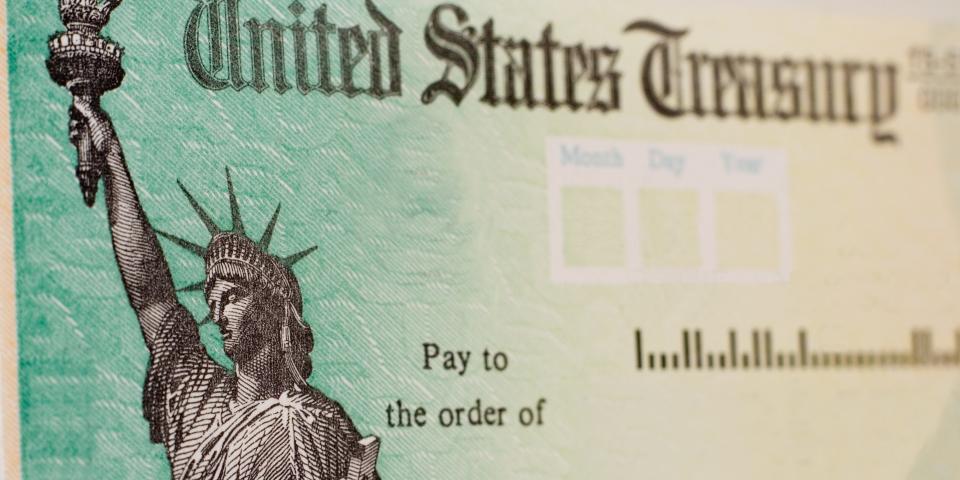Markets worry Treasury yields could jump back to levels that sparked chaos last October

-
The benchmark 10-year Treasury yield is hovering below levels that caused a massive crash last fall.
-
Yet, persistent inflation and weak Treasury auctions could boost yields past the 5% mark.
-
Once this threshold is crossed, investors could be in for a sharp correction in stocks.
Treasury bonds might not be the most high-octane trade, but yields rising not that far from current levels could eventually make things all but boring.
While this year’s equity momentum has kept Wall Street distracted, the benchmark 10-year rate has crept up as much as 83 basis points since 2023.
That’s taken it as high as 4.7% in April, not far from the threshold level that broke markets last fall: 5%. When this 16-year high was breached in October, it triggered one of history’s worst market crashes. While Treasurys fell on Friday after a so-so jobs report, markets are still warily eyeing further moves upward amid sticky inflation and broad economic strength.
Could a rerun of 5% yields happen? For analysts, it all hinges on fiscal policy and inflation.
Where yields are headed
“Bond king” Bill Gross is among those touting caution, telling investors that high federal borrowing will push yields to 5% levels within the next 12 months.
Yields move inversely to bond prices, meaning that lackluster demand sends rates up. That’s why Treasury auctions have become attention-grabbers for markets, as investors watch to see if there are enough willing buyers.
“Sloppy” auctions are what caused the bond rout last fall, market veteran Ed Yardeni told Business Insider. Many buyers have been turned off by America’s exploding debt, and with few efforts to clamp it down, more disappointing auctions could be in store, he said.
Both the Treasury Department and Federal Reserve have made liquidity adjustments this week to take pressure off buyers, but it’s to be seen whether these efforts are enough.
In the case 5% is ever breached for this reason, the Yardeni Research president said it could go differently: “This time, you know, we may find that 5% lingers and then we’ll all be wondering whether the next move is towards six, or back to four.”
Investment firm SEI had similar concerns in April, and added that this year’s stubborn inflation data only compounds the problem in the near term. With consumer prices remaining elevated, interest rates have stayed put, halting a rush to buy fixed-income:
“We would not be surprised to see the 10-year Treasury yield retest the 5% level even with the prospect of rate cuts on the horizon,” it wrote in a note.
But to Eric Sterner of Apollon Wealth Management, more pessimism would have to hit markets to justify a move past 5%. Only if inflation pushes the Fed to hike interest rates would that be a concern, but that doesn’t seem likely.
Still, yields aren’t coming down any time soon while inflation stays sticky, he told BI:
“If we can get that one rate cut in, potentially we can get closer down to 4%,” he said. “But I don’t think we’re getting below 4%.”
The dangers of 5%
When 10-year yields broke through the 5% mark last fall, traders panicked and the S&P 500 nosedived nearly 6% from October’s peak-to-trough.
Some of that is on account of how quickly the yield moved up, Yardeni said, which is not the case this time around.
“It’s been a more stealth kind of move, happening at a more slow pace; it hasn’t gotten anybody’s attention in the stock market,” he said. “Even the growth stocks have done well, even though they’re not supposed to do well when bond yields are going up.”
But moving past 5% could change that. According to a Goldman Sachs note, highs beyond 5% have historically triggered negativity for stocks. In 1994, even strong earnings had difficulty pushing equities up against higher yields.
Even Sterner agreed that it’s a risk, though only in the short term: “Hypothetically speaking, if we do cross 5%, I think that could trigger a market correction or a sell off of 10% or more.”
Read the original article on Business Insider

